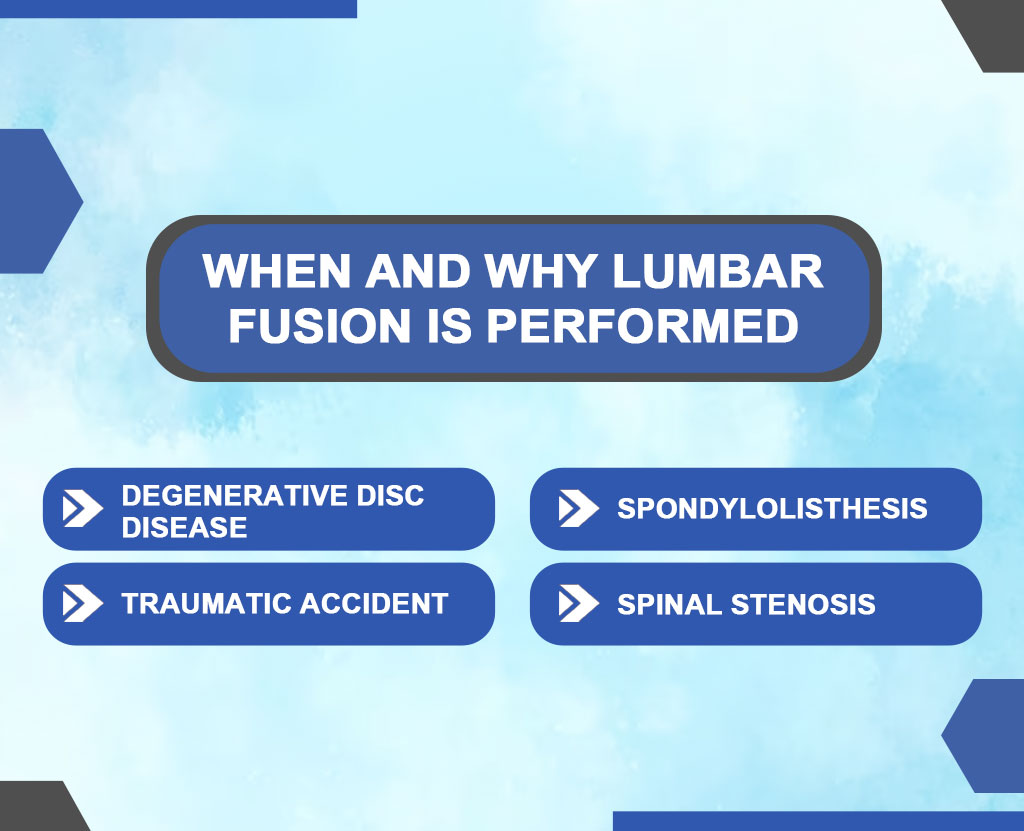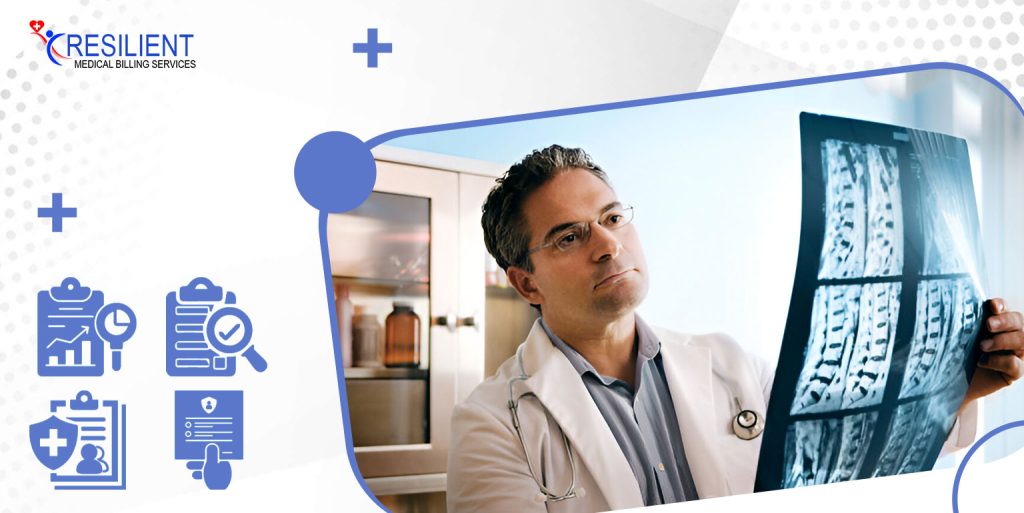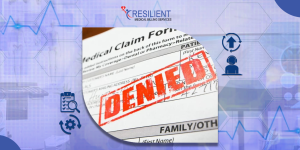When you have spinal fusion surgery, two or more vertebrae are joined together securely. Because of this, the spine is more solid, and pain from many spinal problems goes away. Back pain and other problems can be helped by this method because it stops the area from moving. However, spine fusion is hard, so using correct codes, such as the ICD-10 Code for spinal fusion, is essential to ensure correct billing and getting paid.
Ensure healthcare professionals are paid fairly, stay out of trouble with the law, and avoid problems by following the rules and properly coding the treatment, spinal area, and all other required facts. This blog post will talk about the ICD-10 code for spinal fusion. This will give you a complete guide to ensure the medical coding for this complicated surgery is done correctly and quickly.
What is Spinal Fusion?
A spine fusion surgery joins together two or more vertebrae, so they can’t move. This spinal surgery is generally recommended for people whose spines are unstable, deformed, or in pain. The vertebrae are joined to stabilize the spine, ease pain, and prevent spinal problems.
Spine fusion treats fractures, degenerative disc disease, spine stenosis, scoliosis, and spondylolisthesis. Spinal fusion is an important choice for many people because these diseases can cause a lot of pain and make it hard to do things.
Correct coding is crucial for spinal surgery billing, as it relies on an accurate diagnosis and careful planning. This is especially true when using the ICD-10 code for spinal fusion. Proper spinal surgery billing ensures that the procedure is appropriately documented and reimbursed.
ICD-10 Code for Spinal Fusion
The ICD-10 code for spinal fusion is M43.1, “spondylolisthesis.” This code covers spinal fusion, which keeps the spine stable and eases pain. Spinal fusions can help with spondylolisthesis, degenerative disc disease, and spinal canal narrowing.
Spinal fusion joins vertebrae together with bone grafts and metal implants. This makes the spine less mobile and more stable. You must know about the fusion process and where it happened to ensure you get the correct ICD-10 code for spinal fusion billing and paperwork.
Understanding Lumbar Fusion ICD-10 Codes
For lumbar fusion, ICD-10 code M43.26 is used (Spondylolisthesis, Lumbar Region). Lumbar fusions, which support the lower back, are covered by this code. Lumbar fusion may help people whose lower back hurts, moves around a lot, or looks funny because of degenerative disc disease or an accident.
When and Why Lumbar Fusion is Performed
Lumbar fusion is typically performed in the following scenarios:

1. Degenerative Disc Disease:
This is when the discs between your vertebrae stop supporting your back, causing pain and instability in your spine.
2.Spondylolisthesis:
This is a disease in which one vertebra slides forward over the one below it, making the spine unstable and painful
3. Traumatic accident:
Lumbar fusion helps restore stability and function after a spinal accident that leaves the spine deformed or unstable.
4. Spinal Stenosis:
Sometimes, the spinal canal gets too narrow, which can put pressure on the nerves and make the legs hurt, go numb, or become weak.
Lumbar fusion aims to lessen pain, make the spine more stable, and generally make the body work better. The treatment helps stop the bones from moving further apart by fusing the affected vertebrae. This can ease the patient’s symptoms and improve their quality of life.
ICD-10 Codes for ACDF (Anterior Cervical Discectomy and Fusion)
Anterior Cervical Discectomy and Fusion (ACDF) is a surgery that fixes neck pain and other problems that are caused by a herniated or degenerating cervical disc. A surgeon removes a broken disc in the cervical spine and then joins the nearby vertebrae together to keep the spine stable during ACDF. When less invasive methods like physical therapy and medicine don’t help with severe pain, numbness, or weakness, this surgery is suggested.
The ICD-10 number for ACDF surgery is 0RB00JZ. This code, “Reconstruction of Cervical Vertebrae,” is used to label the treatment in the patient’s medical record so that it can be billed and recorded. Here is the list of codes:
0: Medical and surgical section
R: Reconstruction
B: Cervical vertebrae
00: The specific approach (open)
J: Fusion (using autologous bone grafts)
Z: No device or qualifier
The correct coding ensures that healthcare providers get paid the right amount and that patients’ records correctly show the treatments that were done.
Spinal Stenosis and Related ICD-10 Codes
Because there aren’t many spaces in the spine, spinal stenosis puts pressure on the spinal cord and nerves. It can lead to long-term back pain, tingling, stiffness, and trouble walking. Scoliosis in the spine can be caused by changes with age, like bone spurs, thicker muscles, and bulging discs.
ICD-10 Codes Related to Spinal Stenosis
The ICD-10 codes correctly explain the type and location of spinal stenosis. The standard code for spinal stenosis is M48.0. More codes help find the stenosis:
- M48.00: Spinal stenosis, cervical region
- M48.01: Spinal stenosis, thoracic region
- M48.02: Spinal stenosis, lumbar region
- M48.03: Spinal stenosis, sacral region
When documenting spinal stenosis, it is crucial to use these codes to reflect the specific area affected, ensuring accurate diagnosis and appropriate treatment planning.
Correct use of ICD-10 code for Spinal Fusion And Spinal procedures
Correct ICD-10 coding is needed for spinal surgeries to get paid and keep patient records. Correct coding ensures that doctors and nurses get paid the right amount and that patients’ records reflect their care. This helps with continuity, making professional decisions, and lowering the number of mistakes made in therapy.
Common Coding Mistakes for Spinal Procedures
It’s hard to code for spine surgery, but it has to be done. When codes are outdated, process complexity isn’t considered, or linked conditions are coded wrong, mistakes happen often. Healthcare providers could lose money and personal data because of this. Don’t make these mistakes. Learn the ICD-10 code for spinal fusion and the rules to give the right information.
Wrapping-Up!
An accurate ICD-10 code for spinal fusion is needed to get paid for spinal surgery and keep accurate patient records. By not making common mistakes and keeping accurate records, healthcare workers can improve care and stabilize their finances.
Talk to a professional who knows much about medical billing and how to code spine treatments properly. Contact Resilient MBS immediately for help with your medical bills and coding for spine surgery. Use the right partner to ensure you get the right codes to keep your reimbursements.










